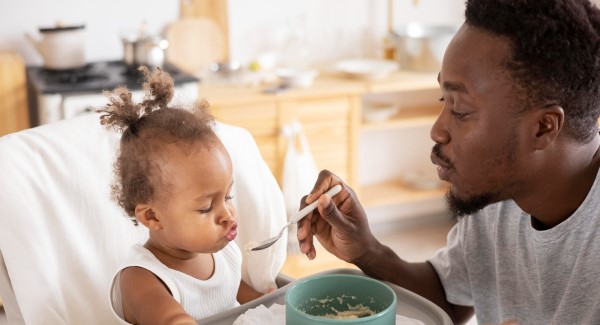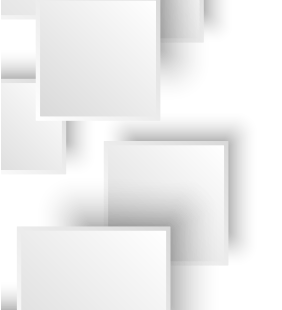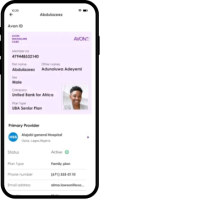
In an earlier article, we discussed what cereals are safe for babies. This led to a lot of parents asking what age is safe for their babies to try certain foods. Here’s an article on how to switch your baby’s diet and at what age.
While more women know how long to breastfeed their babies, there’s still a bit of confusion among mothers (especially new ones) about when their babies can start trying other meals.
Does your baby need more than milk?
Yes, but not until he’s six months old. Paediatricians advise that it’s best to exclusively breastfeed your baby for six months. After this, your baby’s nutritional needs become more complex and breast milk alone won’t do. This also applies to women who for one reason or the other are bottle-feeding their babies. It’s better to choose infant formula milk that’s based on cow’s milk for the first six months (unless advised otherwise by your doctor.)
Why wait until six months to change your baby’s diet?
Simple answer: it’s safer. Your baby has a lesser chance of picking an infection or having a bad reaction to food as his digestive and immune systems are stronger at six months.
However, some babies may show signs that they’re ready for more than just milk before they’re six months old. In this case, keep your baby on milk – breastmilk or formula – till the fourth month. This is the earliest recommended age for weaning.
Even at this stage, it’s important to avoid foods that the baby can negatively react to, e.g.: eggs, fish, anything with gluten, liver, soya, nuts, and citrus (fruit or juice variations).
Suggested Read: 7 Tips for Nursing Fathers: How To Support Breastfeeding Mothers
How will you know your baby is ready for solids?
At about six months you may begin to notice some triggers that your baby is ready to start solids. – If the baby still seems to be hungry after a good milk feed – If the baby’s weight gain is slowing down
- If the baby wants to chew and is biting on toys and other objects.
- If the baby’s interested in what you are eating.
- If the baby seems able to hold its head up by itself
- If the baby seems to have lost the reflex that makes it stick out its tongue automatically.
It’s important to note here that your baby’s ‘solids’ aren’t actually solid but mashed foods. Eating is a new skill and your baby will have to learn with time.
What solids can your baby try?
You can start by offering one or two spoonfuls of the following: – Mashed cooked vegetables like carrot or potato – Mashed fruits – banana, mango, cooked apple, pear – Gluten-free cereal – baby rice, cornmeal, etc.
Once your baby is eating the above fruits and vegetables happily, you can move on to other foods from the main groups. These include: – Bread, rice, potatoes, and pasta – Dairy foods – Meat, fish, eggs, and beans
When you introduce a range of foods and tastes at this stage, it can help reduce the chances of your baby becoming a picky eater.
However, don’t expect your baby to eat too much at a time; tiny tummies need tiny portions and breastmilk/formula will still be a major part of the baby’s diet.
With these tips, you’ll be sure to have a healthy baby with a pretty strong digestive and immune system. Till next time, keep it locked on our blog for a wide range of tips on living a healthier, fuller, life.



